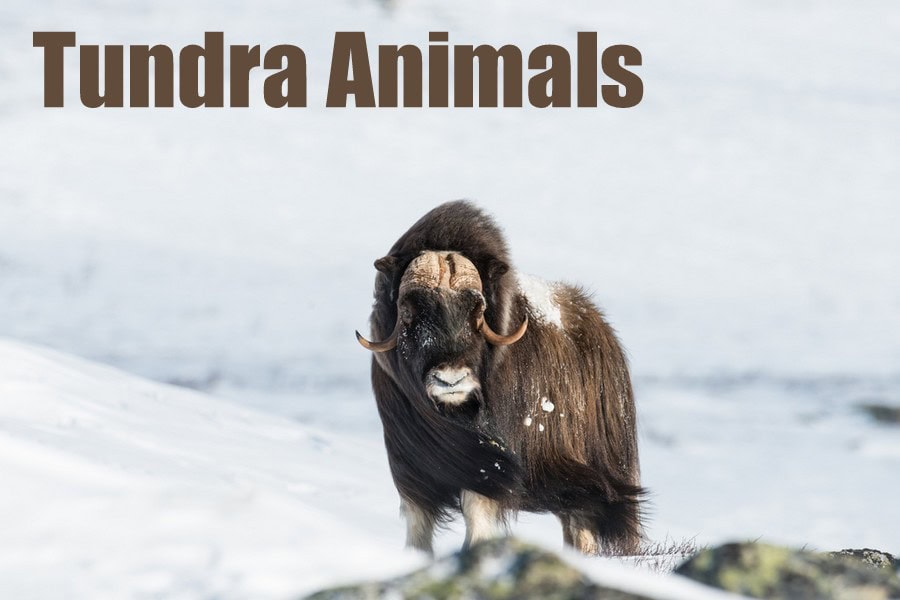
What is a Tundra Animal?
The tundra is a biome characterized by an extremely cold climate, minimal precipitation, poor nutrients, and a short growing season. Found primarily in the high latitudes of the Arctic and Antarctic, as well as at high altitudes where trees cannot grow, the tundra presents a tough environment for life.
Animals living in the tundra have evolved to survive. Common adaptations include thick fur or feathers for insulation, white winter camouflage, fat reserves to store energy, and seasonal behaviors such as migration or hibernation. Additionally, many tundra animals have a compact body shape to minimize heat loss, while others have developed social structures like herding or communal nesting to conserve warmth.
Their are three primary types of tundra: Arctic, Antarctic, and Alpine.
Arctic Tundra Animals
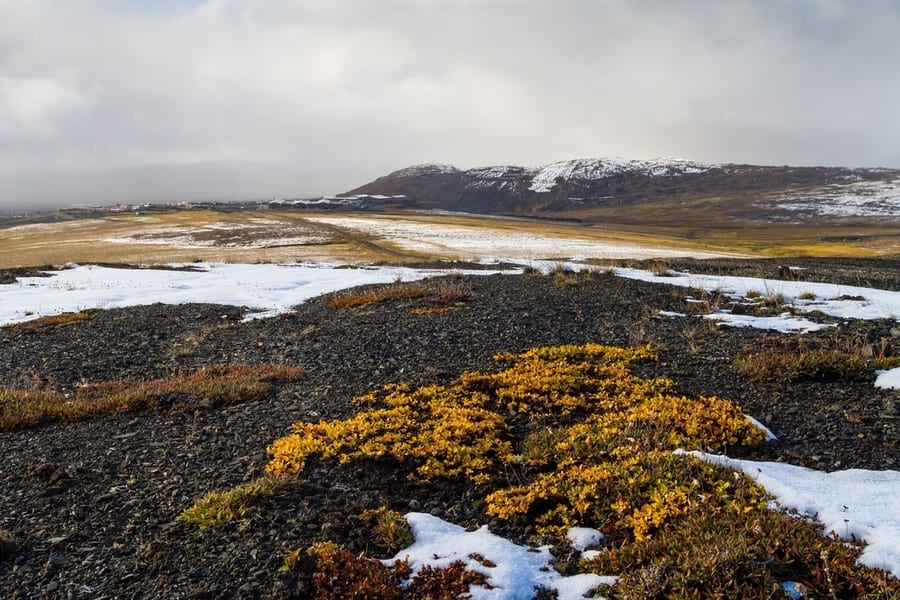
Located in the northern hemisphere, circling the North Pole and extending south to the taiga belt, the Arctic tundra is defined by its permafrost—a permanently frozen layer of earth. The climate is harsh with very low temperatures, little precipitation, and strong winds. Vegetation is sparse and primarily consists of mosses, grasses, lichens, and low shrubs. During the brief summers, the top layer of soil thaws, allowing plants and animals to thrive.




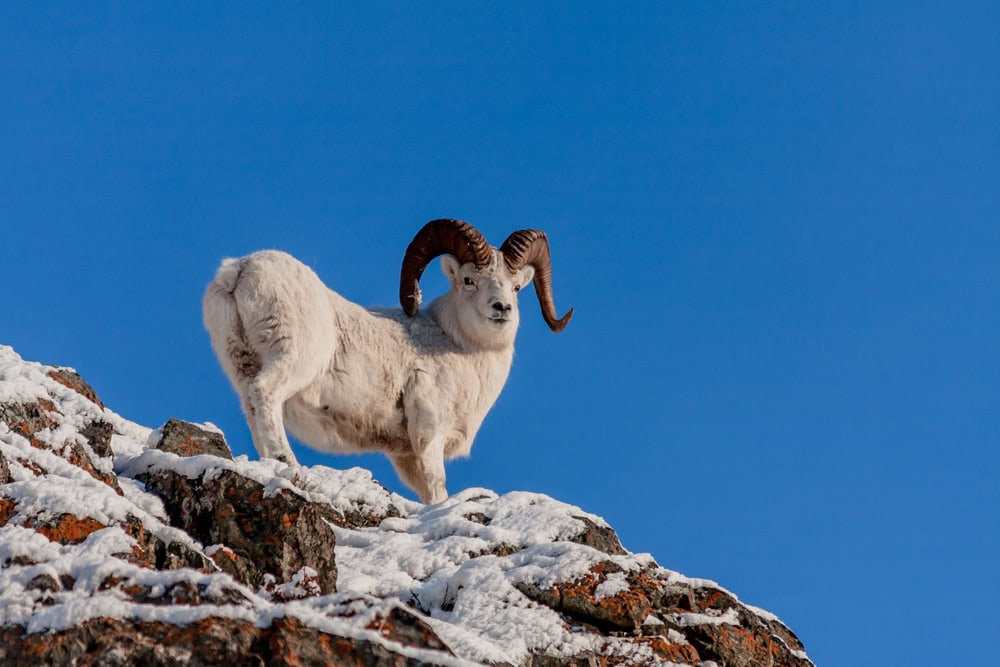





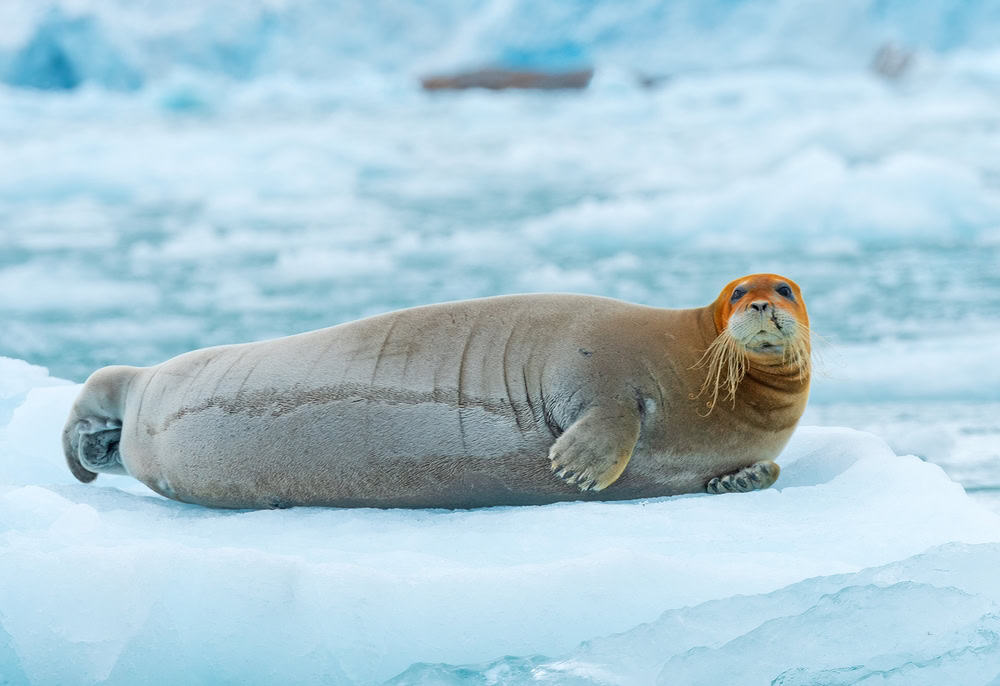

- Polar Bear: Dominant predator, relying on seals for food.
- Arctic Fox: Changes fur color with the seasons, aiding in hunting and evasion.
- Caribou (Reindeer): Adapted for long migratory journeys across the frozen landscape.
- Snowy Owl: Predatory bird with keen eyesight for spotting prey in snowy conditions.
- Dall Sheep: Wild sheep known for their curved horns and climbing abilities.
- Arctic Hare: Possesses a white winter coat that provides both warmth and camouflage.
- Musk Ox: Forms defensive formations to protect against predators.
- Arctic Wolf: Prowls the vast tundra in packs, adapted to hunting in cold environments.
- Walrus: Large marine mammal with long tusks.
- Narwhal: Known for its distinctive tusk, it navigates icy Arctic waters.
- Bearded Seal: Has thick whiskers and bulbous faces, hunts on the ocean floor.
- Ptarmigan: Bird that also changes color to blend into the wintry landscape.
Antarctic Tundra Animals
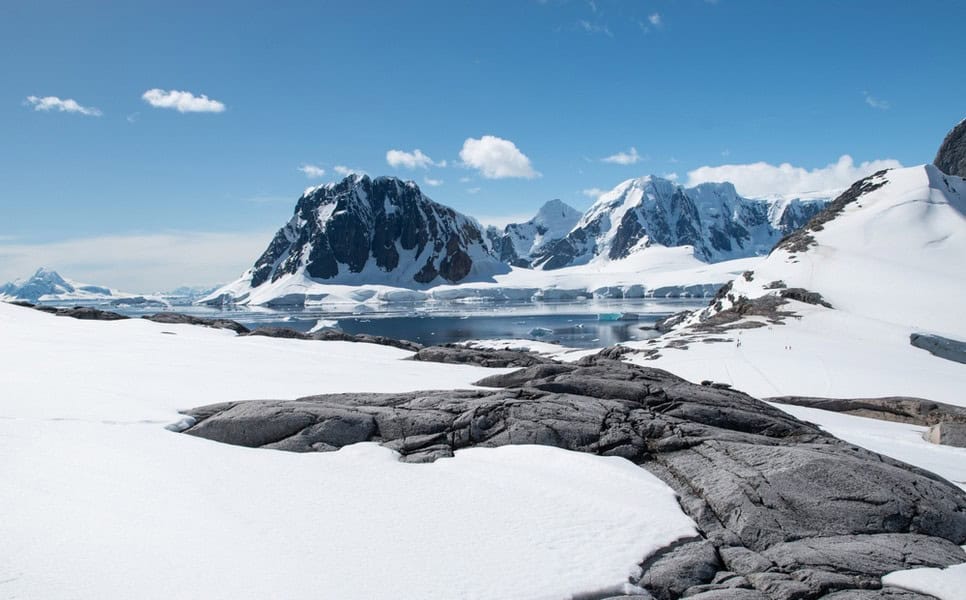
Found on Antarctica and on several Antarctic and subantarctic islands, this tundra exists in colder, drier conditions than its Arctic counterpart. It lacks a deep soil layer, instead featuring mostly rock and ice with patches of mosses and lichens. There are no native land mammals; instead, the region is primarily inhabited by sea mammals like seals and visiting seabirds, including the large colonies of penguins that breed on the coasts.




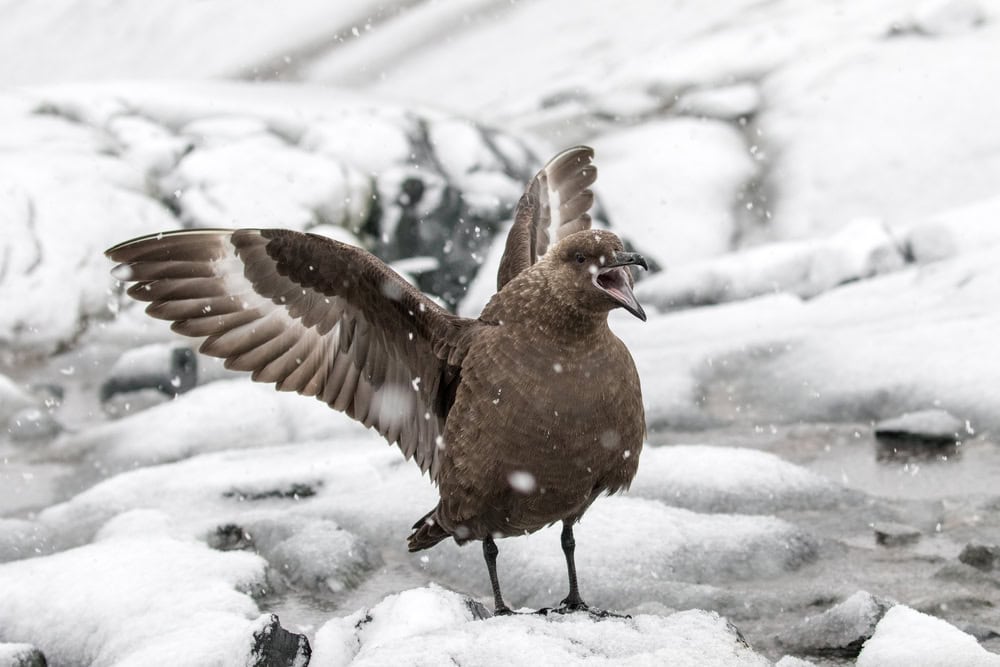



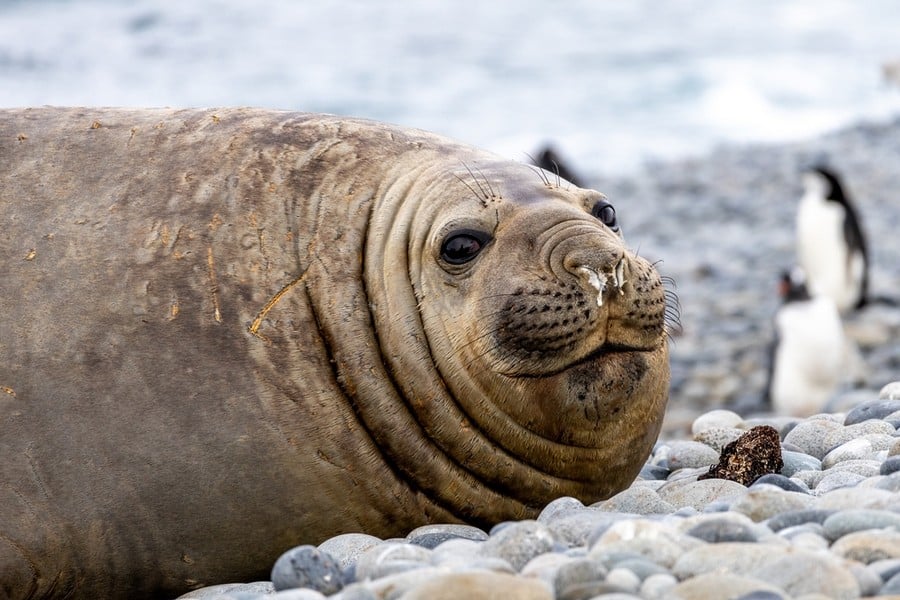

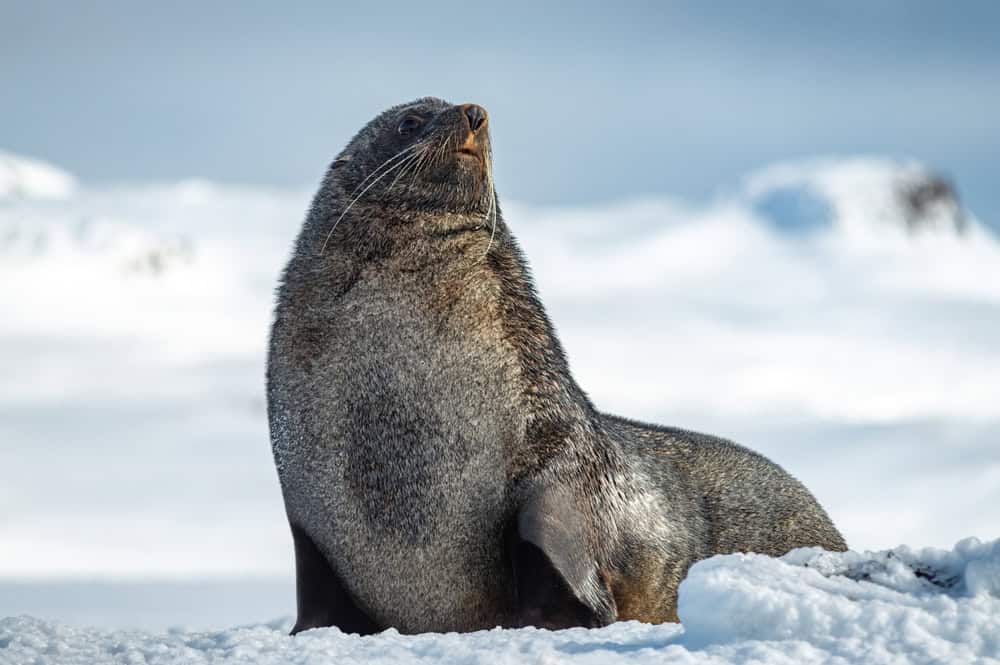

- Emperor Penguin: Known for its dramatic breeding cycle during the Antarctic winter.
- Weddell Seal: Uses sea ice to breed and rest.
- Adélie Penguin: Flourishes along the entire Antarctic coast.
- Leopard Seal: A skilled predator in frigid waters.
- South Polar Skua: A fierce bird known for predation on other seabirds.
- Krill: Tiny but massively abundant, forming the base of the Antarctic food chain.
- Orca: Apex predators in the Antarctic waters, one of the smartest animals in the world.
- Blue Whale: Visits Antarctic waters to feed on abundant krill.
- Southern Elephant Seal: The largest of all seals, notable for deep oceanic forays.
- Chinstrap Penguin: Thrives on the islands and shores of the Antarctic Ocean.
- Antarctic Fur Seal: Hunted to near extinction in the past.
- Snow Petrel: Feeds far inland from the coast and nests in rock crevices.
Alpine Tundra Animals
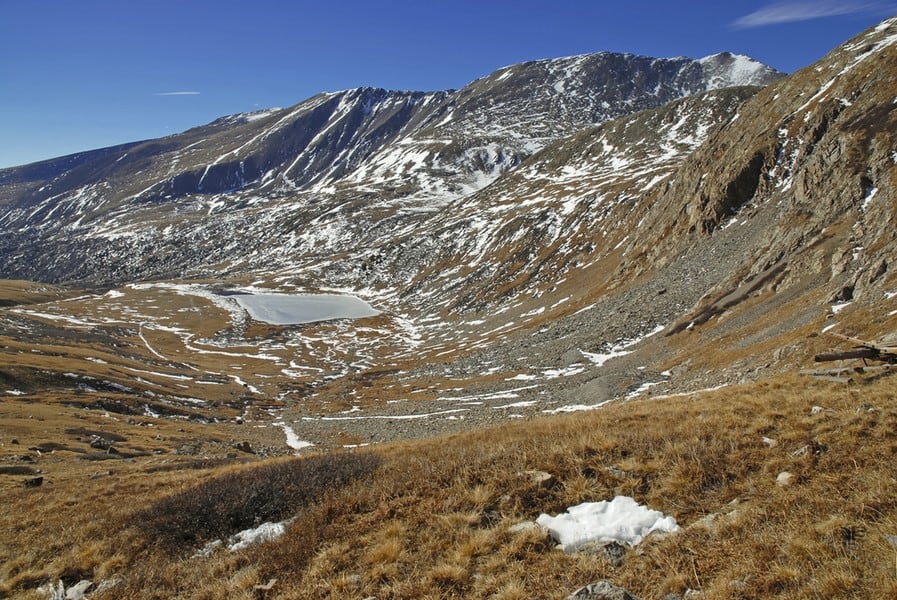
Alpine tundra can be found across various high mountain ranges around the world, including the Rockies, Andes, and Himalayas, occurring at altitudes where trees can no longer grow. Despite the variety of locations, the climate remains similar: cold, windy, and with more precipitation than the Arctic and Antarctic tundras. The soil is well-drained, and the vegetation is composed of a range of adapted plants such as dwarf trees, grasses, and herbs. Unlike Arctic and Antarctic tundras, the alpine tundra does not have permafrost, but the cold climate due to high altitude creates a similar environment.
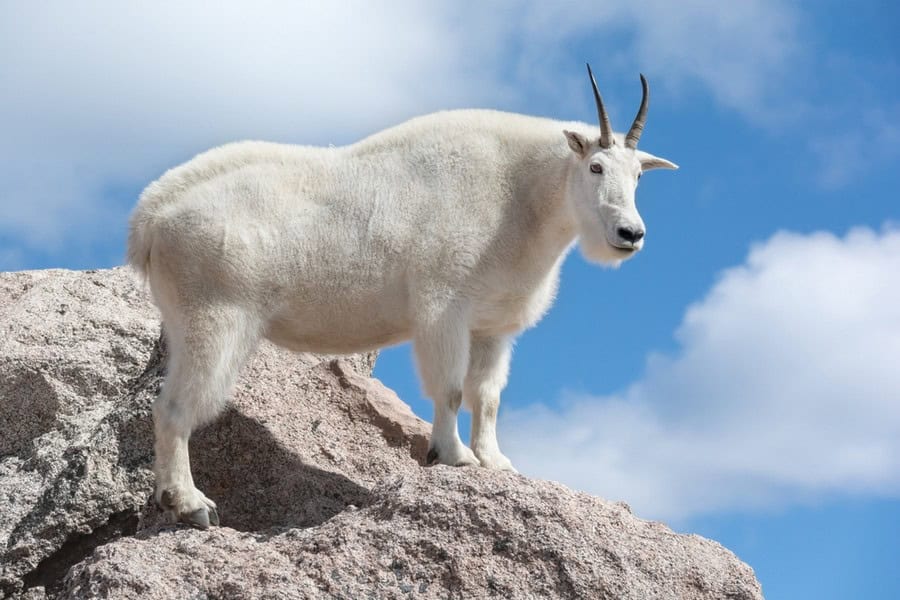
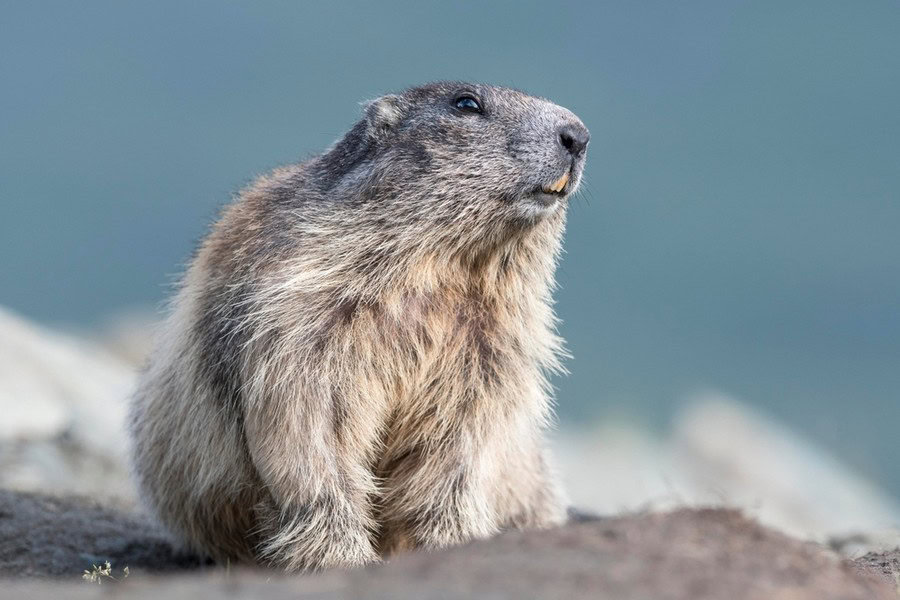
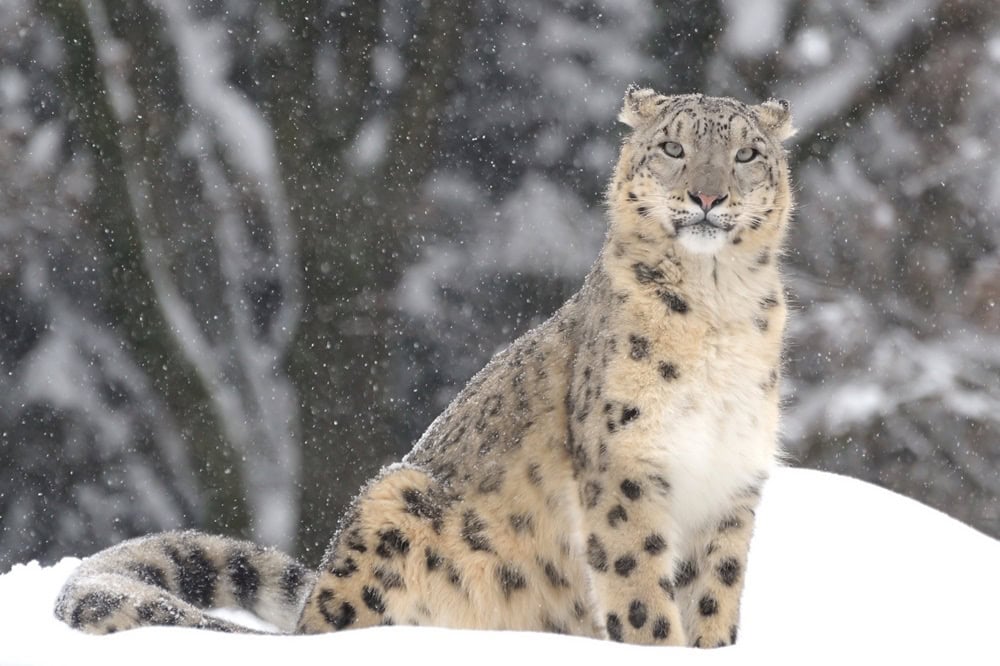
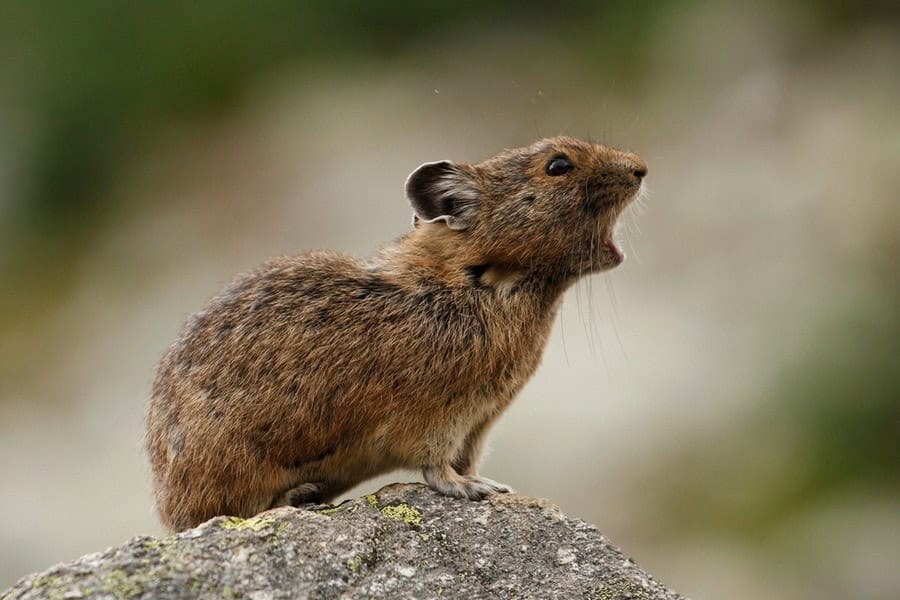
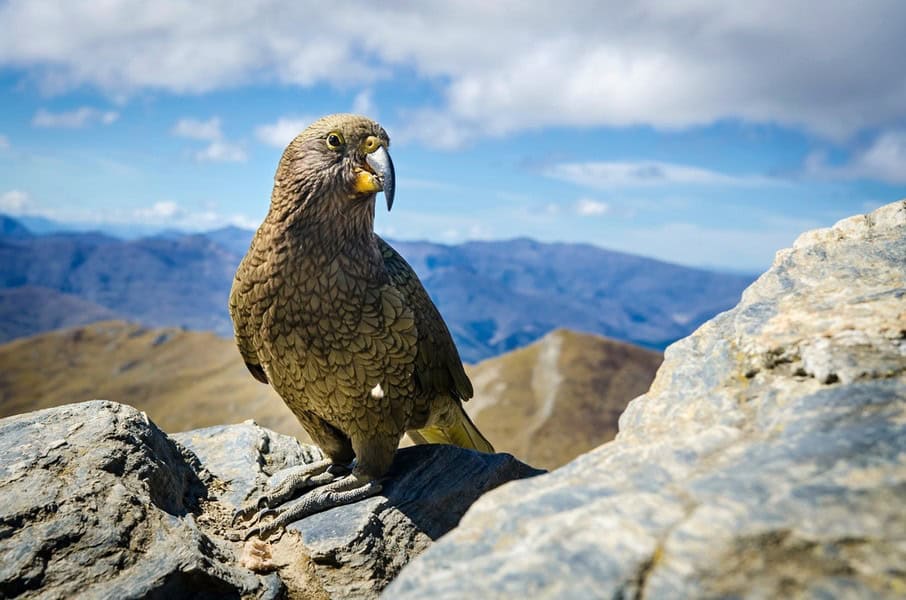
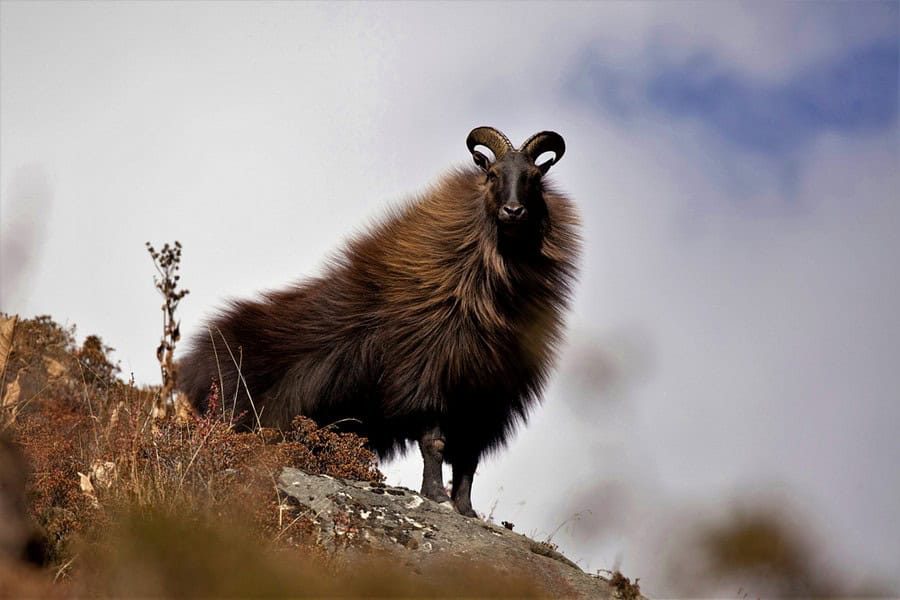
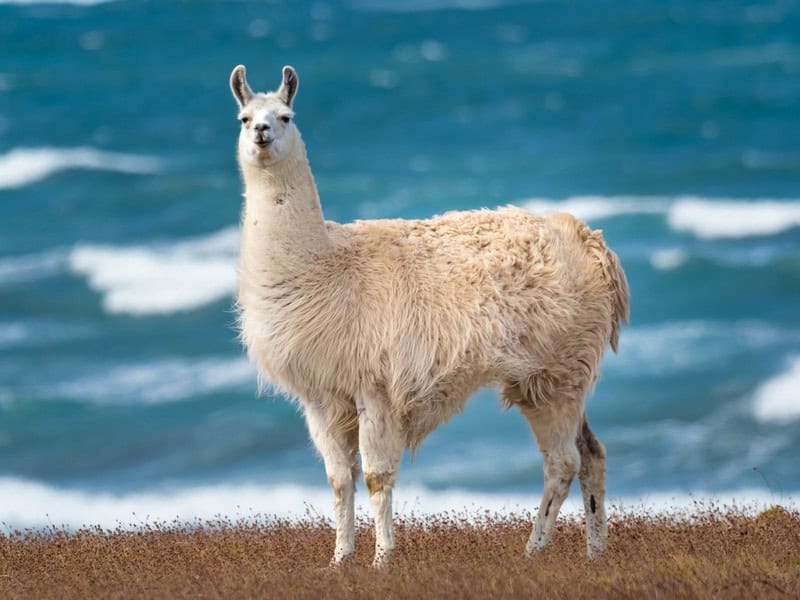
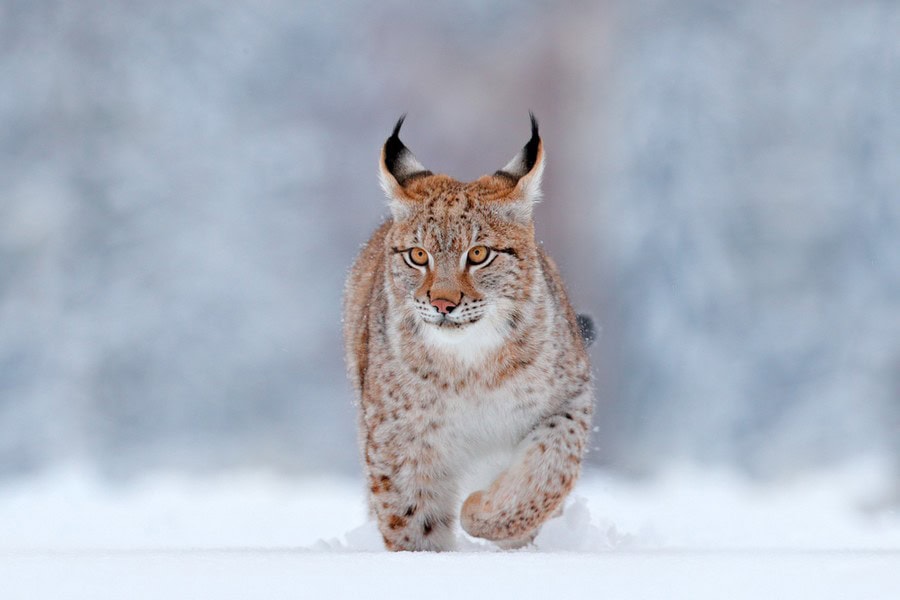
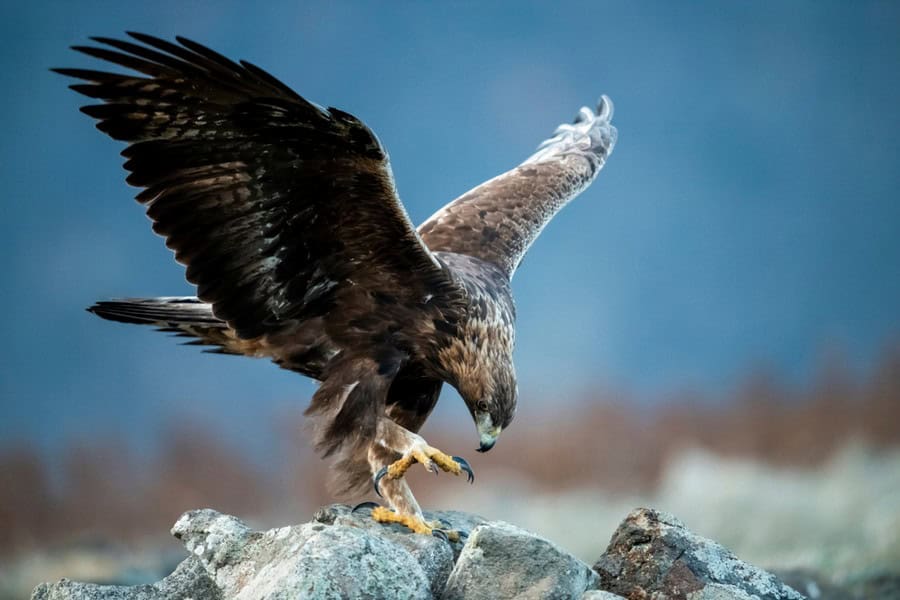
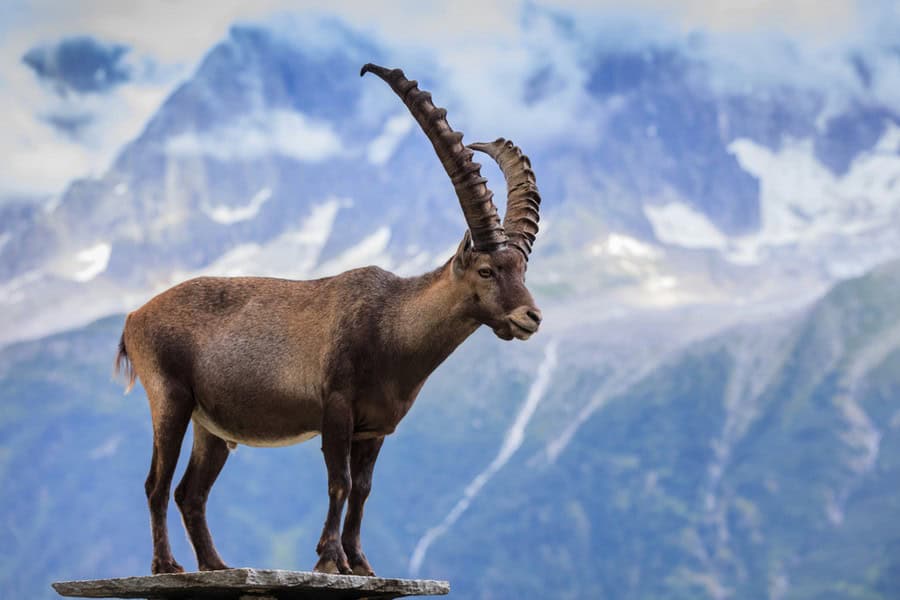
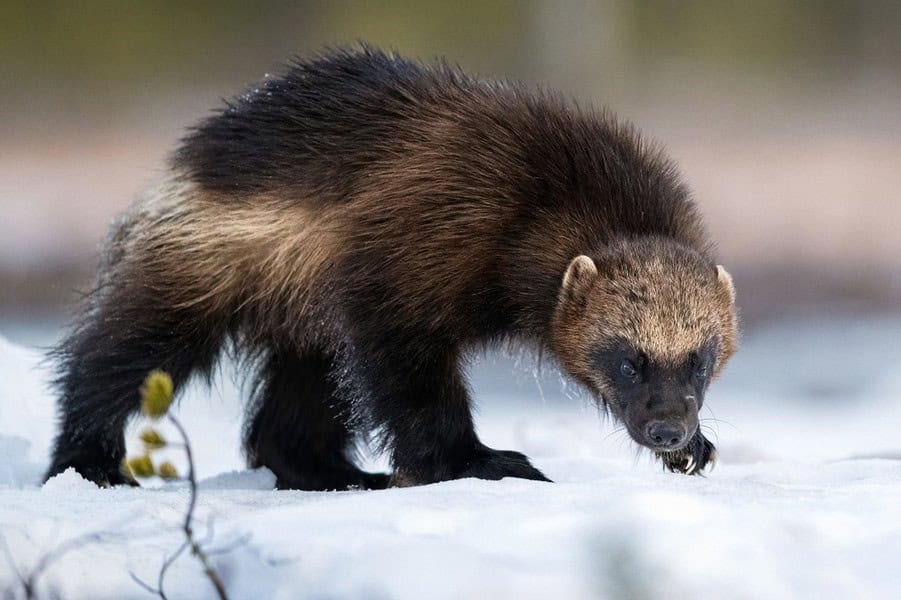
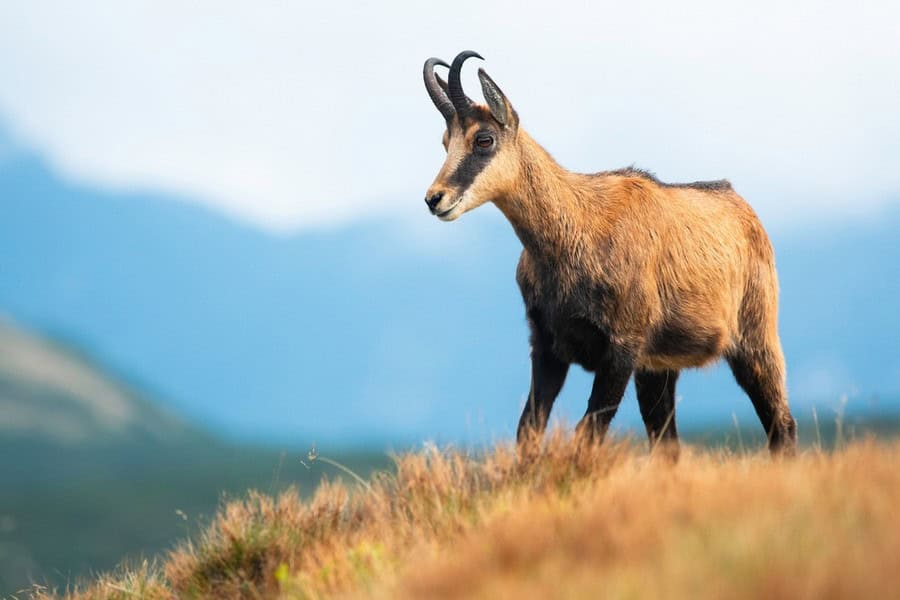
- Mountain Goat: Agile climber found in North America’s rocky peaks.
- Alpine Marmot: Social ground-dwelling rodent, hibernates to endure the winter.
- Snow Leopard: Stealthy predator of the high Asian mountains.
- Pika: Collects and stores vegetation for the winter.
- Kea: A curious and intelligent bird native to the Southern Alps of New Zealand.
- Tahr: Himalayan ungulate with a goat-like appearance.
- Llama: Used as a pack animal in the Andes.
- Lynx: Medium-sized wild cat, inhabits forested and alpine areas.
- Golden Eagle: Birds of prey that soar through the skies of the Northern Hemisphere.
- Ibex: European mountain dwellers with a sturdy build for rocky terrains.
- Wolverine: Strong carnivores are known for their powerful build and solitary nature.
- Chamois: A goat-antelope species native to mountains in Europe.
Comparison of Tundra Animal Adaptations
The common thread in the three types of tundra is the animals’ ability to adapt and survive where few others can. However, there are some differences.
Arctic and Antarctic species rely more on insulation, using water-resistant fur or feathers and thick layers of bludder to retain body heat in icy environments. On the other hand, alpine animals show stronger physical adaptations geared towards navigating rugged terrain and living at high altitude. These adaptations include enhanced lung capacity for thin air and specialized feeding habits that maximize nutrient intake from low-nutrient plants. Moreover, the alpine tundra supports more wildlife diversity as the topography of mountainous areas creates numerous ecological niches.




























































